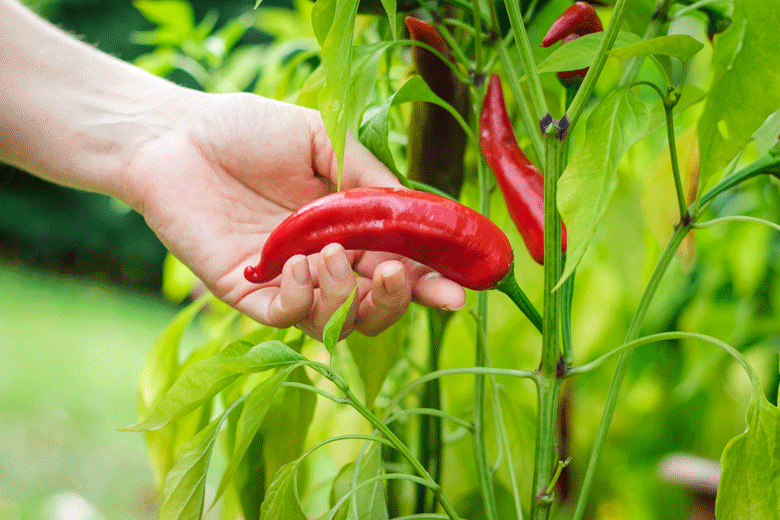 Let’s make it happen!
Let’s make it happen!
Are you eager to witness your chilli plants thrive and produce an abundant harvest of fiery Chillies in record time? If so, you’ve come to the right place! In this blog post, we will explore effective strategies and time-tested techniques to help you make your Chilli plants grow faster. Whether you’re a seasoned gardener or a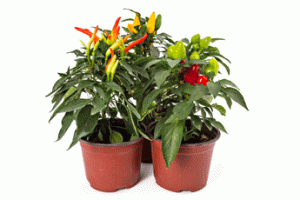 beginner with a green thumb, these tips and tricks will give your Chilli plants the boost they need for accelerated growth and optimal productivity.
beginner with a green thumb, these tips and tricks will give your Chilli plants the boost they need for accelerated growth and optimal productivity.
In the following sections, we will delve into various stages of Chilli plant growth, from seed germination to transplanting, and explore ways to optimize sunlight exposure, soil conditions, watering, fertilisation, , spacing, temperature management, indoor cultivation, and pest and disease control. By incorporating these best practices into your Chilli growing routine, you’ll be well on your way to maximizing the growth rate of your plants and enjoying a thriving Chilli garden.
So, if you’re ready to take your Chilli growing skills to the next level and witness impressive results, let’s dive in and discover the secrets to making your chilli plants grow faster. Get your gardening tools ready, put on your gardening gloves, and let’s embark on this exciting journey together!

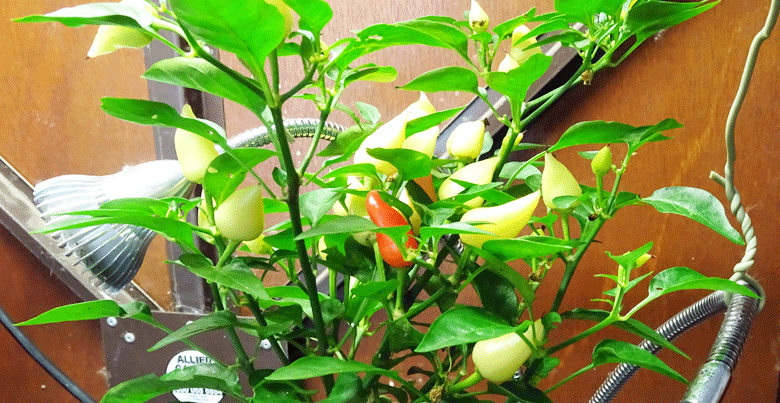
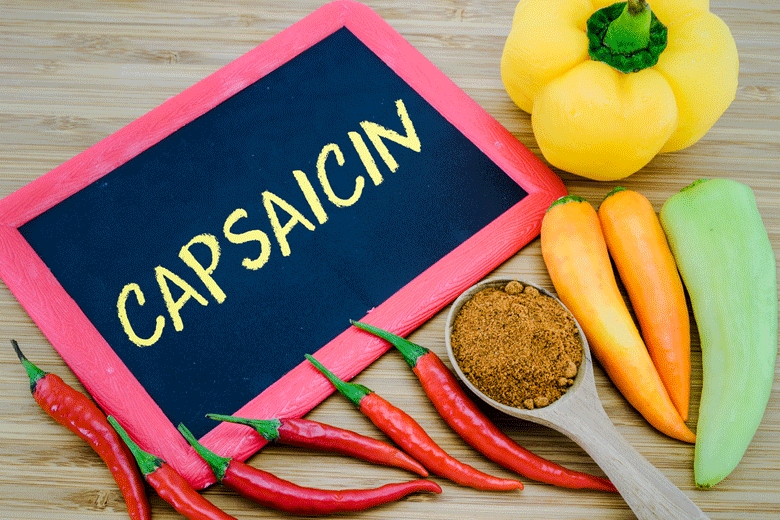


 free
free
 plastic on this occasion, as these seedlings will be kept in pots longer than I have done in the past. I will keep them in small containers to constrain their growth. Because this is the first time I have
plastic on this occasion, as these seedlings will be kept in pots longer than I have done in the past. I will keep them in small containers to constrain their growth. Because this is the first time I have 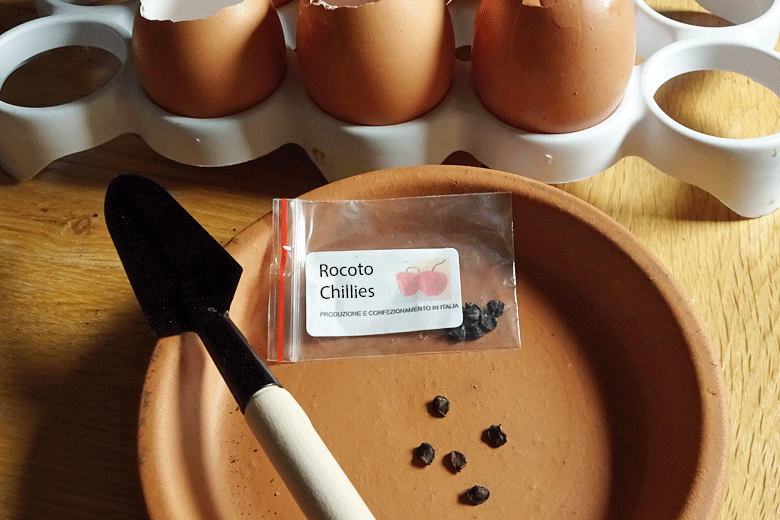
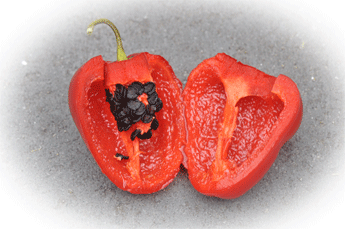
 When to sow Chilli seeds
When to sow Chilli seeds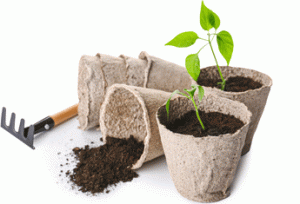

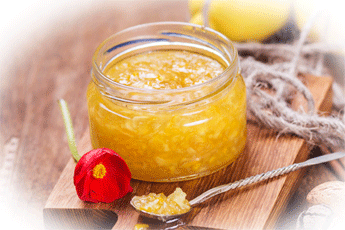 The fruit starts off yellow and then slowly changes to orange. When fully ripe, the fruit is a bright red. Often you will find fruit at different stages of
The fruit starts off yellow and then slowly changes to orange. When fully ripe, the fruit is a bright red. Often you will find fruit at different stages of 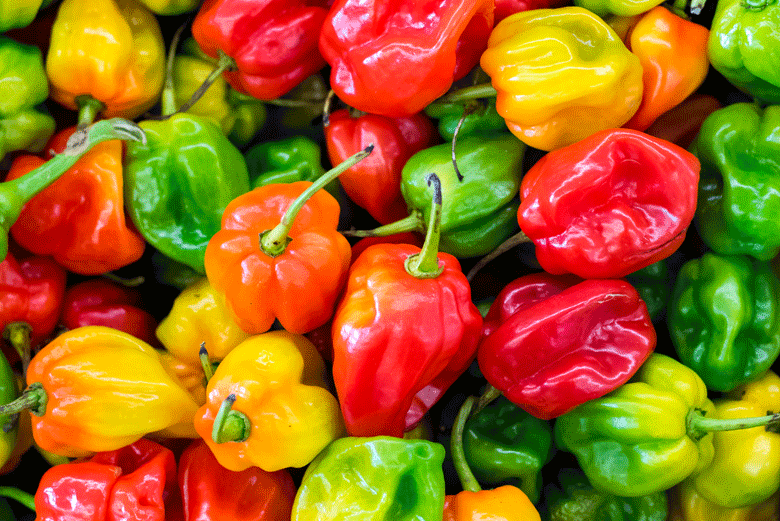
 droppings when they migrate. When considering the
droppings when they migrate. When considering the  Getting to know the Rocoto Chilli
Getting to know the Rocoto Chilli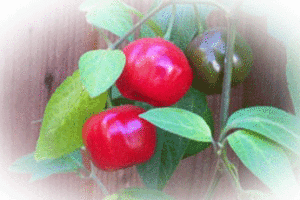 As part a of this I will be learning as much about Rocotos as possible. I want to explore where they are from, what’s the best way of
As part a of this I will be learning as much about Rocotos as possible. I want to explore where they are from, what’s the best way of